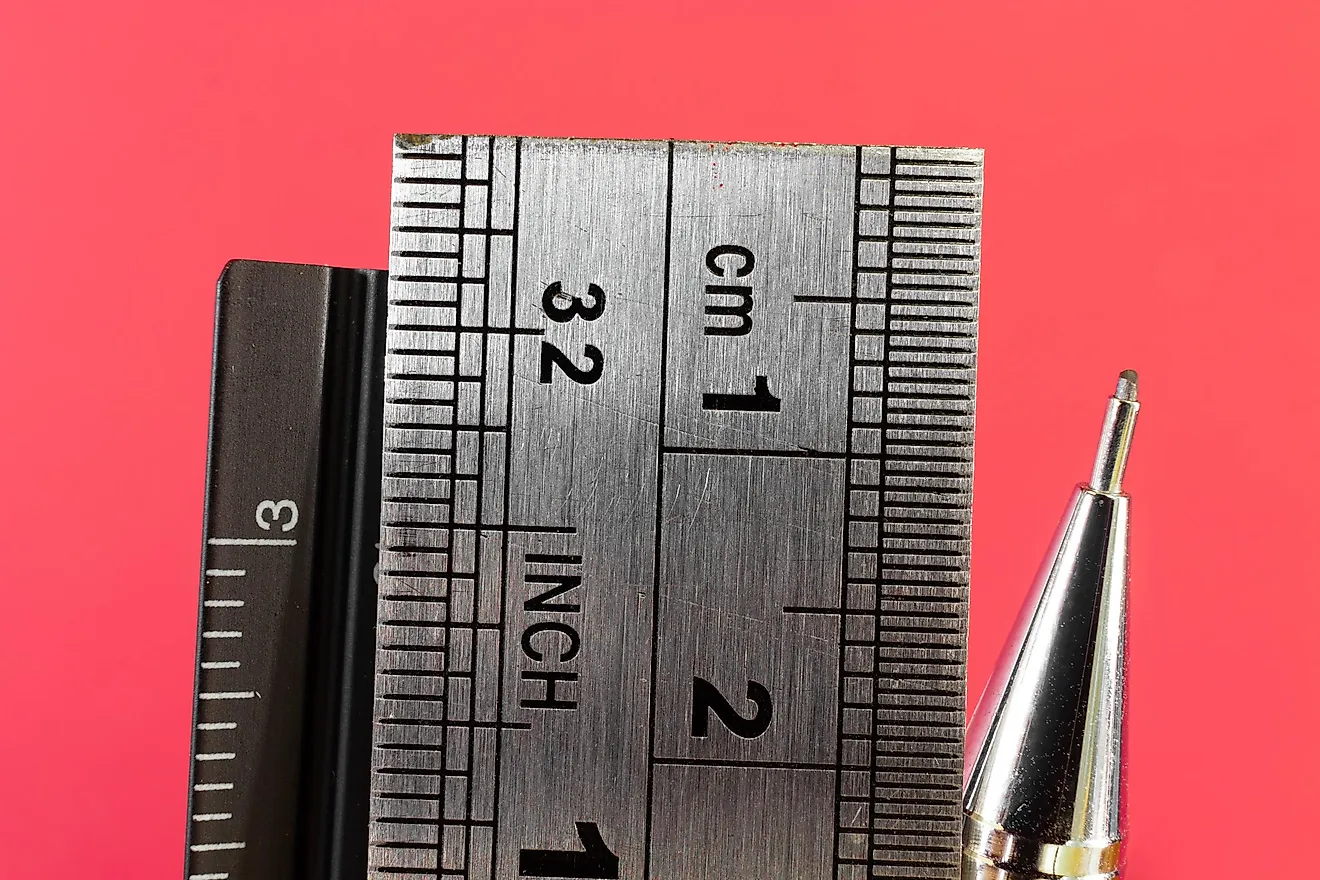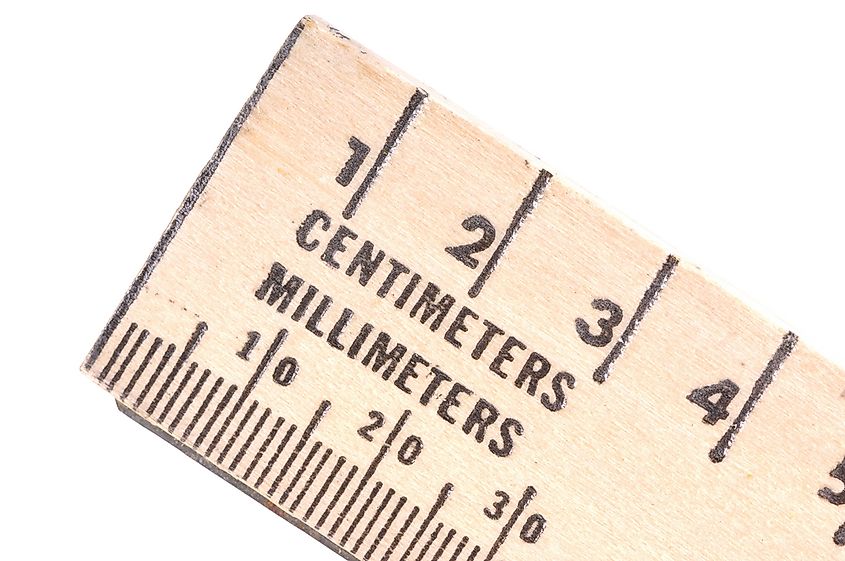Which Countries Use The Imperial System?

If you ever measured anything in your life, it is most likely you expressed the value in one of the two standards used in the world today: imperial or metric. The difference between the two is how they approach naming the values.
The imperial system was first brought to life in 1824 when the British Weights and Measures Act was set as a standard. The metric system, on the other hand, came a bit earlier in 1791, when it was first proposed and then finally put to use in 1799, during the French Revolution. The metric system became the standard for not only France but the rest of Europe as well.
The Imperial System
In this system, there is a set of standards that are used to express weights and measures. The metric system can express measurements for volume, mass, and areas using several descriptive categories. When you measure an area, the value you get can be expressed in square feet, perches, roods, or acres. To express the volume of an object that we are measuring, the metric system uses units of ounces, pints, and gallons. To represent the values of mass, the units used are ounces, pounds, and tons.
Finally, there are many choices within the metric system that are used to express a measured length of something: inches, feet, yards, poles, leagues, and miles are all used to address the same thing. So, that doesn't seem very easy if you are used to another way of expressing measures.
The Metric System
This system is, in essence, far more straightforward to explain. The whole idea revolves around having a common base for a particular type of category that is being measured. So, all length values can be expressed in meters. The volume of liquids is expressed by liters, and mass through grams. The only thing that changes on the metric system is the prefix or the word that comes before that base, to explain how big or small something is. So, for example, let's look at the measurement of length - a meter. If you add a prefix, "nano," you get a nanometer. The prefix "nano" tells us that we are talking about the millionth part of one meter. If we add another prefix, like "kilo," we get a kilometer, which is exactly 1000 meters.

The same principle applies if we switch categories. For example, let's put "kilo" in front of a base mass measurement, which is a gram. We get a kilogram, which is, you guessed it - a 1000 grams. Many prefixes modify the base value of measurement: deci, centi, mili, micro, nano, picto, to name a few.
Who Uses The Imperial System Today?
Now, this might surprise you, but there are only 3 countries in the world that are still officially using the imperial system: The United States of America, Myanmar, and Liberia. However, in Myanmar and Liberia, the metric system has been used parallel with imperial, and both countries are on their way to completely switch on using only one, which would be the metric system. That leaves us with the US being the biggest country that will continue to use the imperial system of measurements. In 1975, the US declared that the metric system was to be the preferred system to express weights and measures, but this actually never worked out. The imperial system was never officially banned from usage, so it remains to be system the United States will use.
Interestingly, one would expect that the imperial system would be the preferred choice in the United Kingdom since it was born almost 200 years ago. However, the UK is somewhere in between both systems. The metric system is officially the one to be used, but people there still tend to express the length and/or speed of something in miles/per hour. Pounds, gallons, and pints are also used to represent volume.











